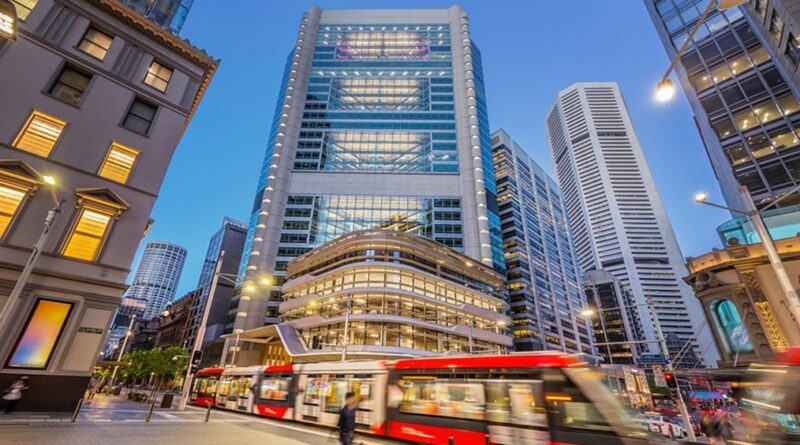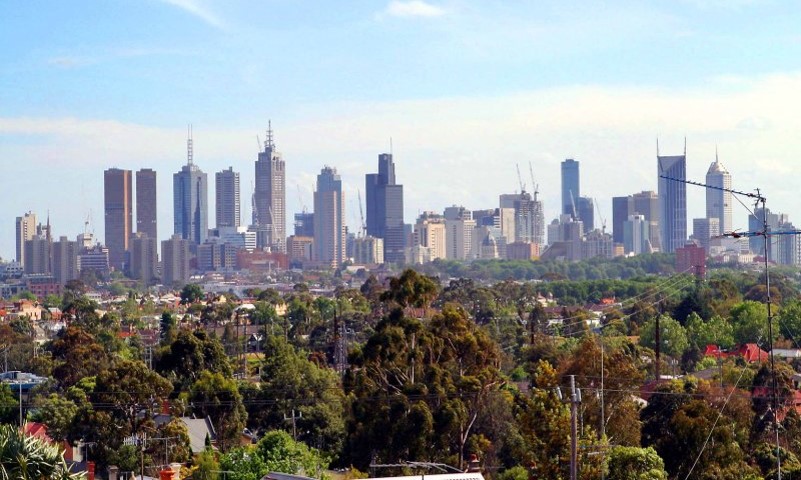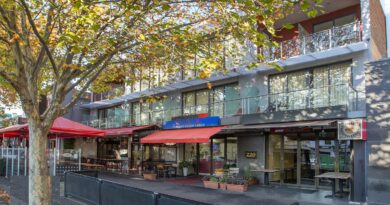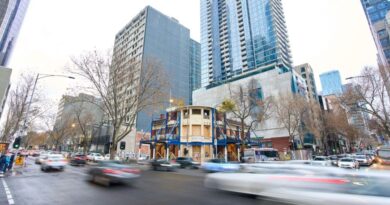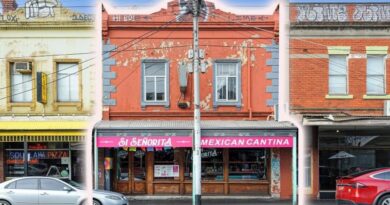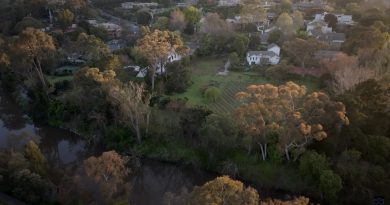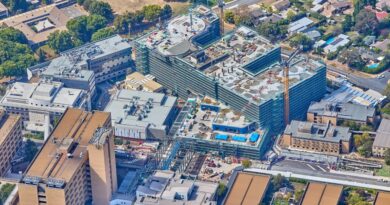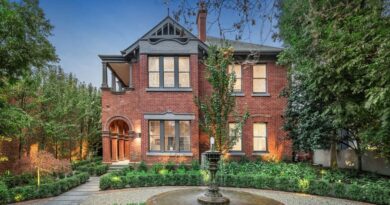Office sector enters second year of record high vacancy
Australia’s CBD office vacancy rate rose again over the last six months – from 12.6 to 12.8 per cent – led largely by a combination of dwindling demand and rising supply.
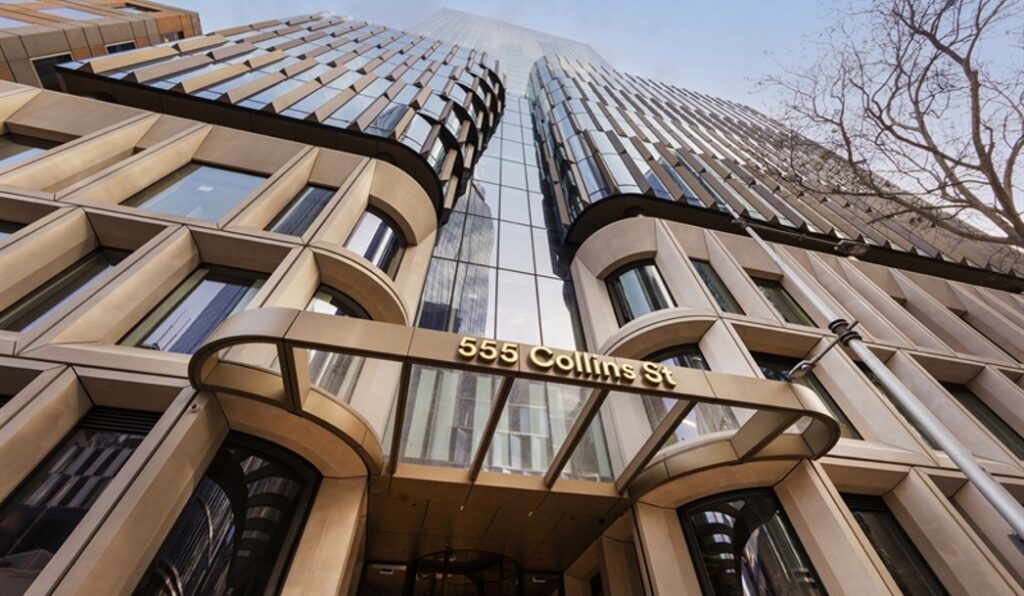
Leading the charge is Adelaide, where 17pc, or put another way, about one in six, offices are empty.
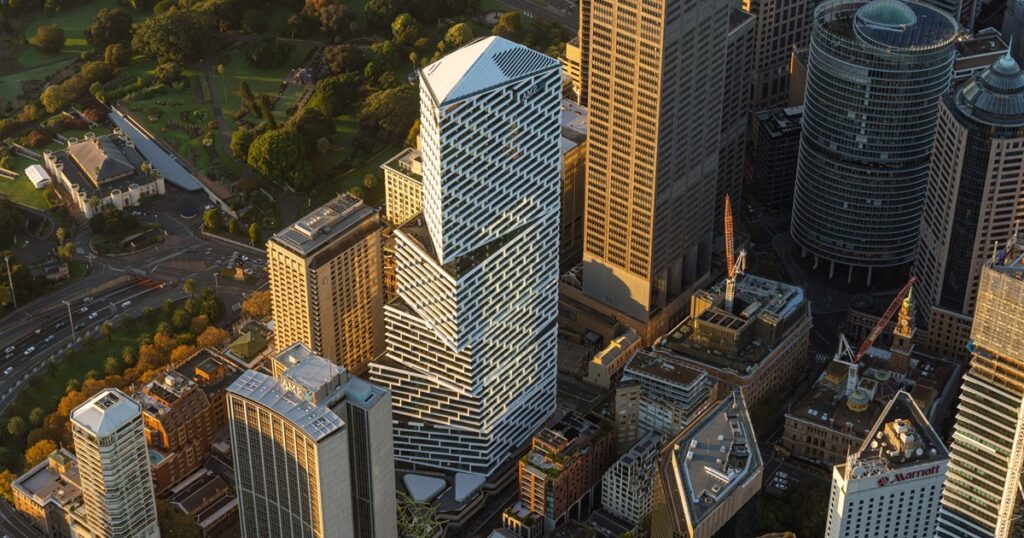
Perth and Melbourne are also experiencing particularly low occupancy – 15.9pc (up from 15.7pc) and 15pc (up from 14.1pc), respectively, of city offices in those towns are for lease.
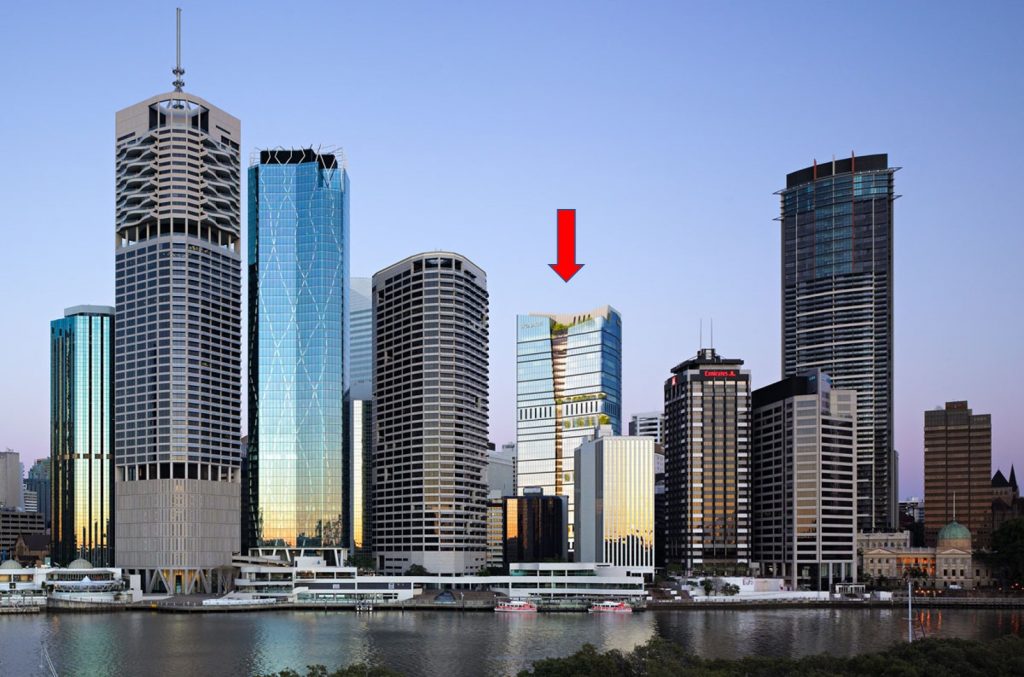
In Sydney – the country’s biggest office market – vacancy stayed about steady from 11.3pc last August to 11.5pc now.
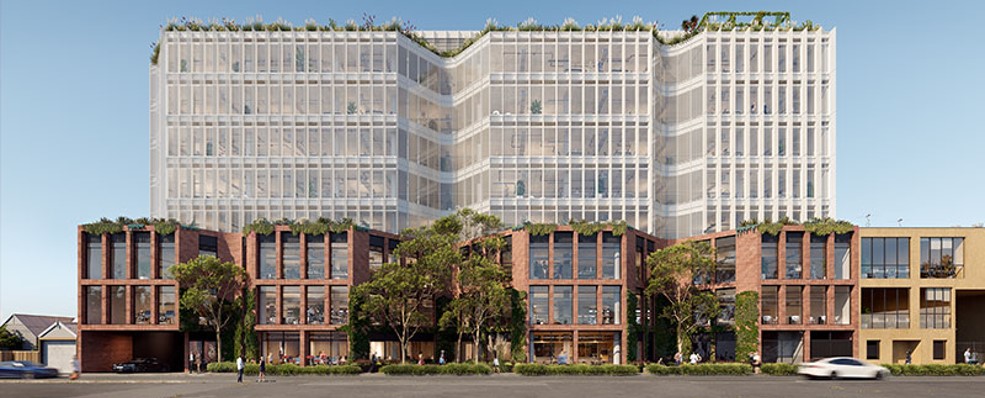
That said, its rate was a relatively healthier 10.1pc in August, 2021 before several major buildings entered the stocklist, amongst them the 89,000 square metre Quay Quarter Tower.
Only two major markets recorded vacancy falls in the last six months – Brisbane, now 11.6pc from 12.9pc last August, and Canberra – where 91.8pc of offices are occupied, up from 91.1pc.
Australia’s CBD office vacancy rate hit record territory in August, 2021 – at 11.9pc, it was the highest since 1996, according to the Property Council of Australia, which compiles the data twice annually.
Other important numbers
Also, according to the research, for the six months to July, 2023, nationally:
- CBD office net absorption (the amount of space leased less that emptied) was -21,740 sqm, and
- CBD space added was 190,057 sqm.
The forecast short term future supply (for the second half of this year) now sits at 227,676 sqm.
Suburbs more warm than hot
Factoring in a half dozen major non-CBD office markets, Australia’s office vacancy rose from 13.4pc six months ago to 14.1pc, according to the PCA’s 2H 2023, or July, 2023, Office Market Report.
Excluding CBDs – so effectively rating key city fringe and suburban regions, vacancy rose more sharply this year, from 15.2 to 17.3pc.
Like some cities, performance is negatively affected in many metropolitan markets by a building boom spiking supply. The trend to work outside of town however is expected to absorb much of that in the medium term.
In Sydney and Melbourne, many CBD landlords have been heavily discounting and/or improving their product, including with green credentials, in order to attract businesses which were thinking about decentralising (and encourage staff to work away from home).
“Nationally, quality and the flight to, continues to be key across our CBD and metro leasing markets,” Cushman & Wakefield head of Office Leasing, Tim Molchanoff, said.
“Also with the high construction cost environment, speculative fitouts and increasingly full floor speculative fitouts are a very attractive option for incoming tenants and increasingly more common,” he added.
“Competition between landlords across the major CBD office markets remains strong, which is keeping incentives elevated,” according to the executive.
“However, tenants are looking beyond price alone, and landlords will need a strategy to differentiate their offerings in order to capitalise (story continues below).
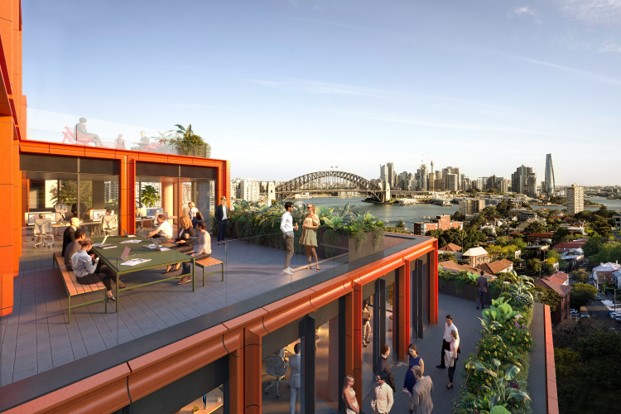
“With higher grade supply coming online in some markets, tenants now have more options are they seek to upgrade their office premises.
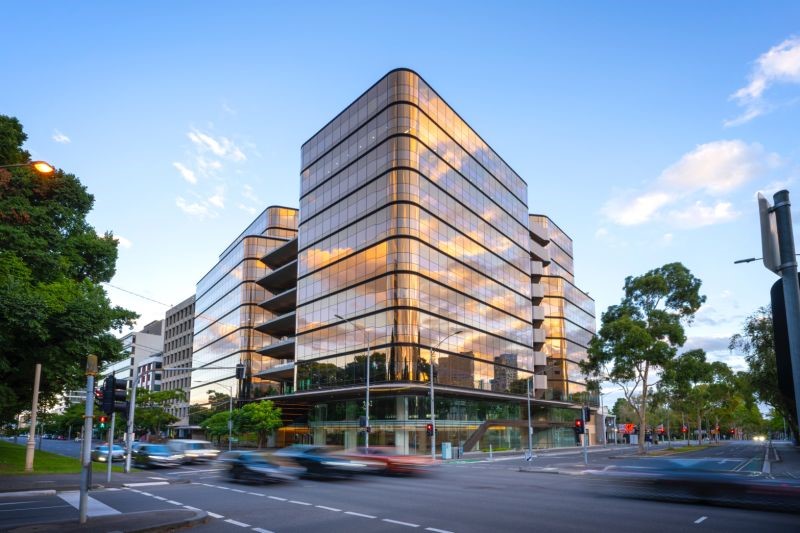
“While this is pushing up face rents, that growth is still being capped by higher incentives”.
Sand shifting in Melbourne
Melbourne’s CBD office vacancy is expected to remain high as a building boom which kicked off just before COVID, delivers.
That said, the market has been active with several major deals for incomplete buildings struck, amongst them, Ericsson leasing within Charter Hall and GIC’s 555 Collins St, which is now 70pc full, and Medibank pre-committing to 17,500 sqm at #699, in the street.
Even more are in the works with several requirements – totalling c120,000 sqm – in the market.
“While the overall market vacancy rate continues to rise, office sentiment on the ground is cautiously optimistic,” CBRE’s head of Office Leasing, Ashley Buller, said.
“The trend of overall deal size increasing has continued as larger tenants gain further confidence in the longer-term needs around office occupancy and subsequently their office size,” he added.
“Fitted space continues to gain strong interest from tenants due to the uncertainty around construction costs and delivery, with many owners now speculatively constructing whole floor fit-outs, typically refurbishing front of houses and break out spaces,” according to the executive.
“This provides benefits from both an environmental waste point of view and cost savings, which can then be offered to prospective tenants”.
Groups in the education sector are particularly active for space, he said, with over 15,000 sqm leased to them in the first half of the year.
“A big percentage of Melbourne’s largest transactions continue to take place in Docklands, with many of these deals in sublease space,” Mr Buller said.
Incentives are expected to pick up in the short term as further supply comes online, according to the executive.
Colliers’ head of Office Leasing, Andrew Beasley, said the number of leases struck in the first half of this year was 27pc higher than the comparable period last year.
“With only one development to be completed in 2023 [Charter Hall’s 555 Collins Street – which is now 70pc committed] and a number of larger tenant briefs (5000 sqm-plus) that are…active (120,000 sqm in total), we expect to see an improvement in the demand/supply balance over the coming six to 12 months,” he added.
“We also witnessed stronger enquiry levels than previous years, particularly now at the larger end of the market” according to the executive.
Subscribe to our newsletter at the bottom of this page.

